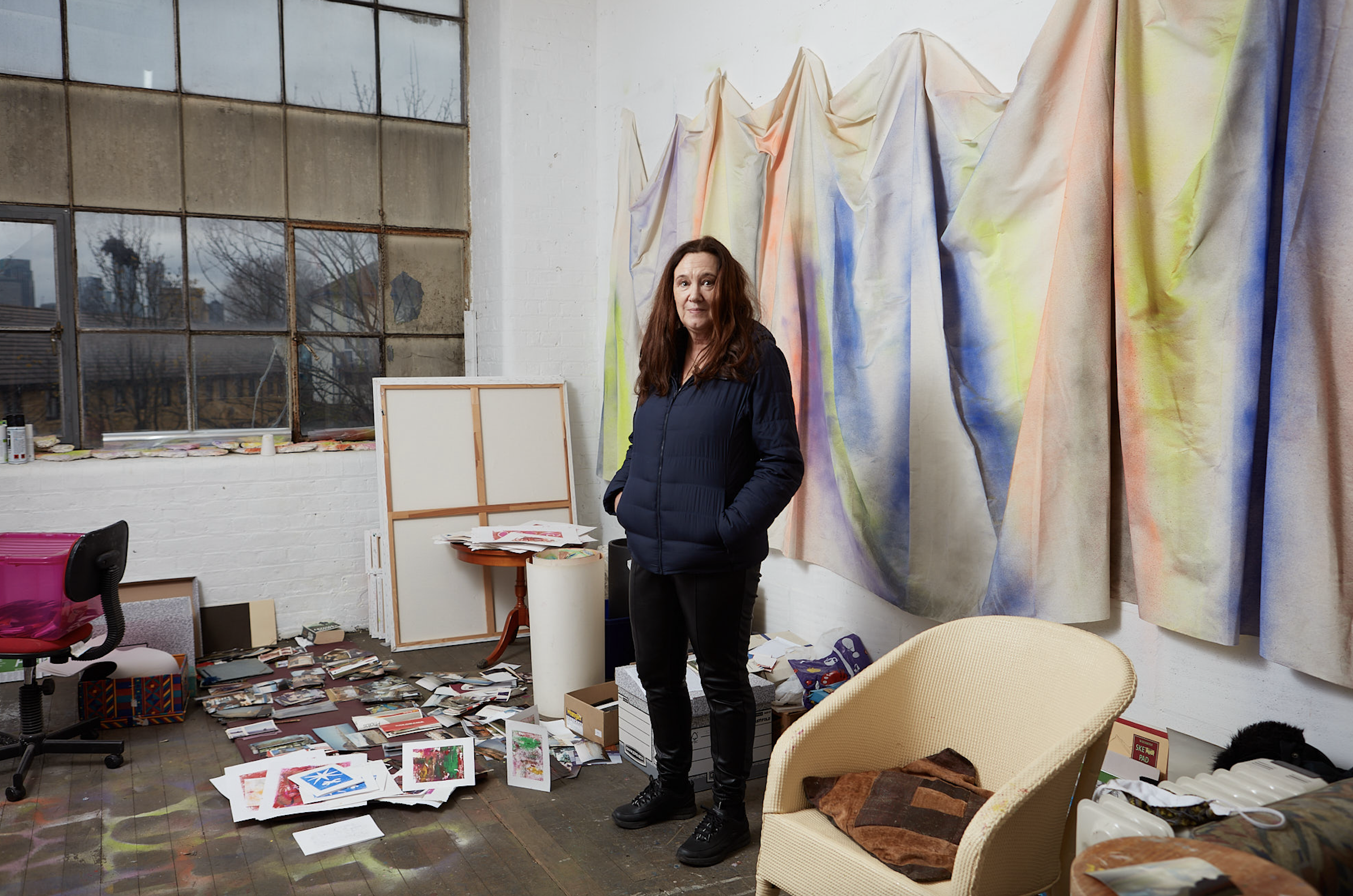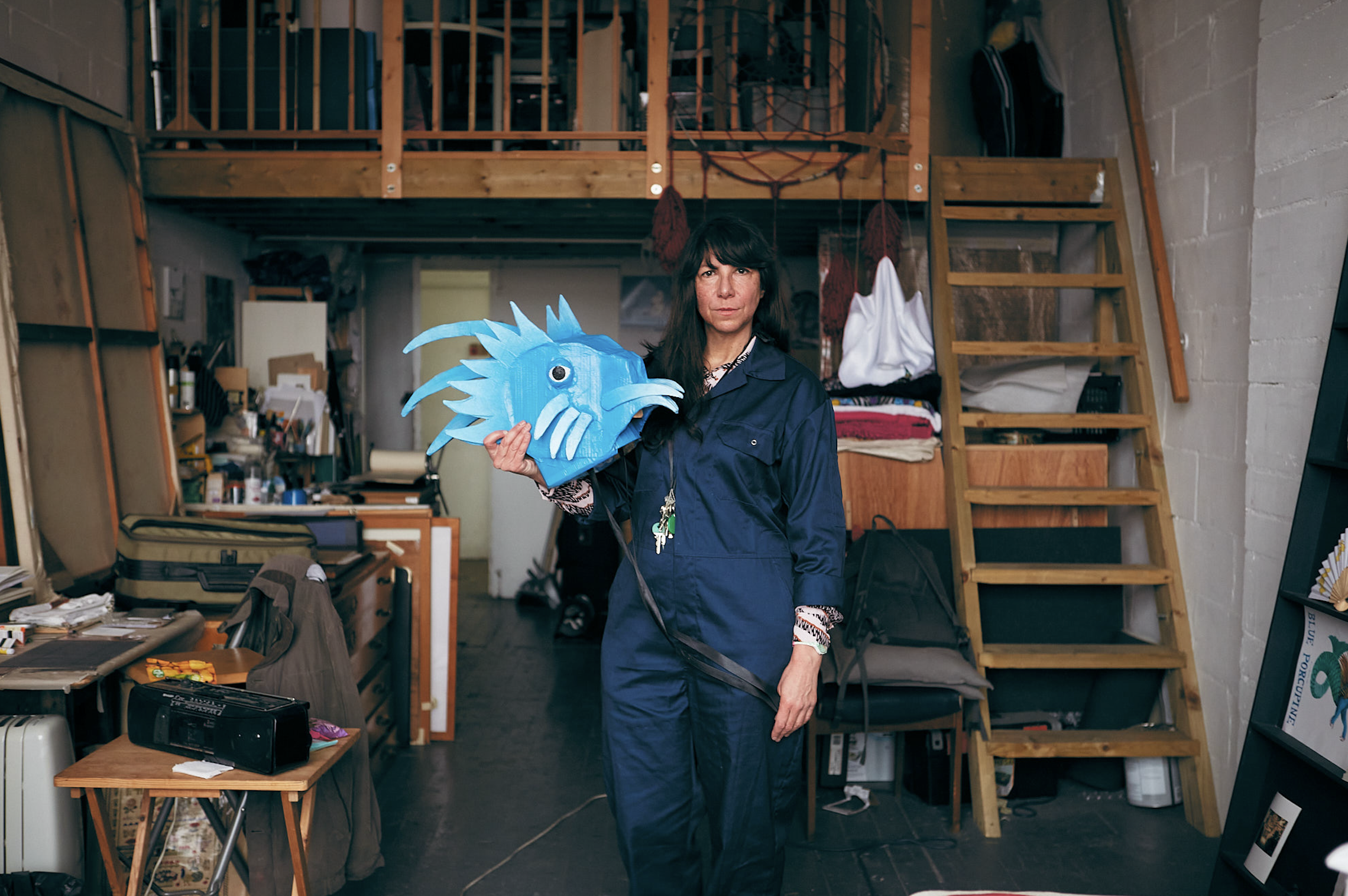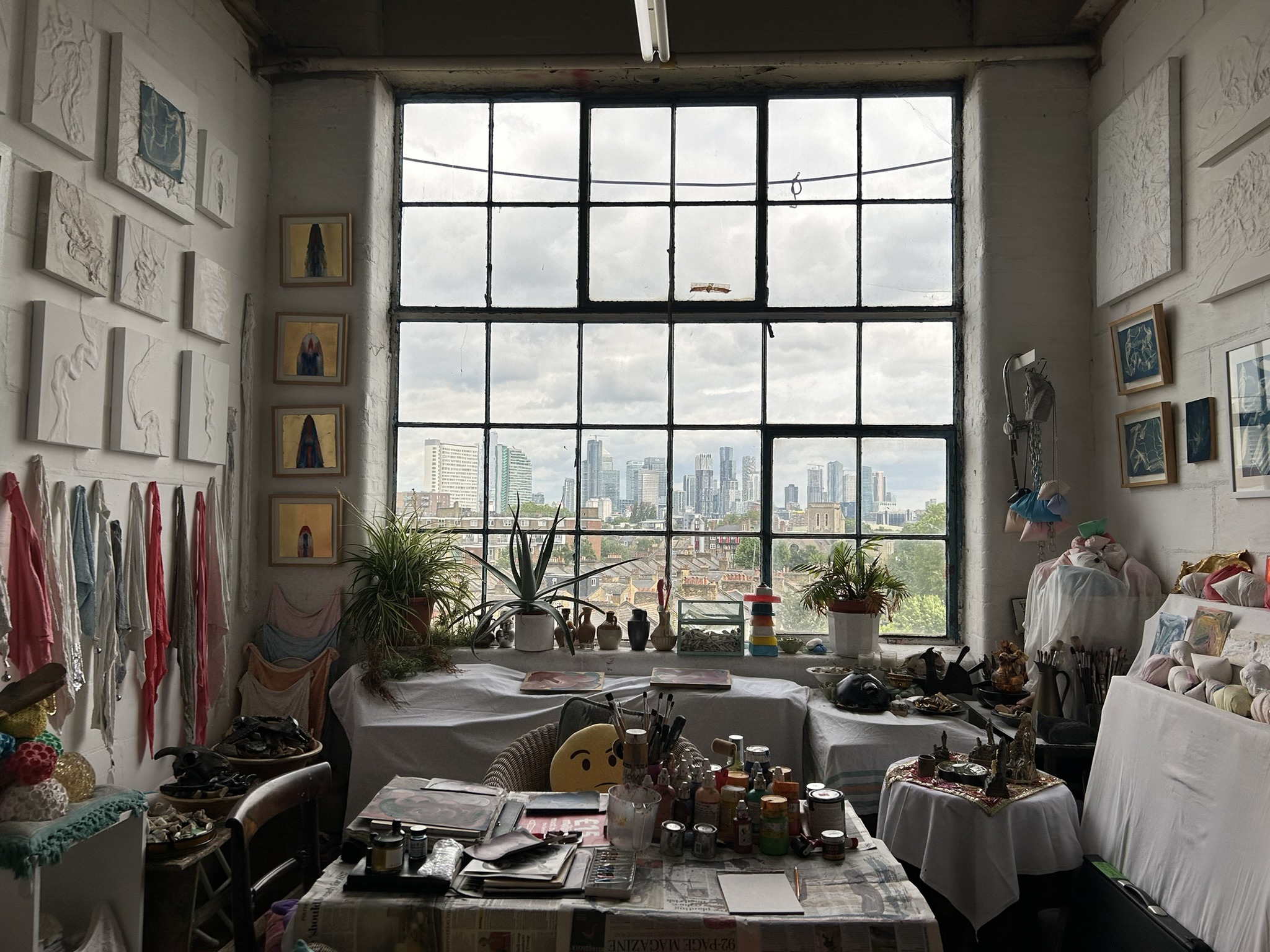Team
Jessica Ferm, Pablo Sendra, Juliana Martins, Irene Manzini Ceinar, Elisabeta Ilie
Description ENG
In 2021 ACME and University College London (UCL) collaborated on a research project to investigate the importance of long-term, secure and affordable artists’ studios for artists, and their relationship to the local area in which they work.
For this case study, the building at 165 Childers Street in Deptford was chosen, ACME’s largest studio building for over three decades, it was an ideal place to explore the experiences of artists, some of whom had been working there for almost as long, and some only a short while. UCL’s researchers from Bartlett School of Planning initially conducted a literature review and then formulated a value-based framework to inform 21 onsite interviews with artists in the building. These interviews lasted from 30 minutes to an hour and explored the artists’ feelings of belonging in their studio, what having a studio meant to them both personally and professionally, what having a studio did for their practice, how the area the studio was situated in affected or inspired their practice, what their studio needs were, the importance of place to their work and life, how the area had changed during the time of their studio tenancy.
Artist’s work contributes to London being seen as a centre of cultural capital. Yet, there is still a shortage of provisions for affordable studios that enable artists to work to their fullest capacity. Therefore, this project looks at “value” away from being monetised and towards how artist studios bring value to artists and the community they are part of, by exploring what was of value, that centred on artists’ lived experiences. In the research framework, the notion of value was multidimensional – social, economic, spatial, symbolic, psychological, and educational – and generated at different scales (the studio, the neighbourhood, the city). There was an appreciation that value may be perceived and experienced differently and that the diversity of artists in terms of e.g., gender, stage in career, type of work, etc. was considered.
The project produced four key findings:1. The physical qualities of the studio space are fundamental for artistic practice. 2. Having a studio, managed by a provider and located away from home, provides stability to produce artwork and reduces financial and psychological stress. 3. The studio space is central to the artist’s identity and well-being. 4. The long-term security of artists’ studios enables artists to become embedded in their locales, providing circular benefits for communities and artists.
Also developed from the research findings were eight recommendations and conclusions devised to inform advocacy, policy decisions and planning:
- An understanding of value in the built environment needs to be broader than economic value and informed by the lived experiences of actors and users
- Recognise the holistic benefits of workspace for artists
- The value of artists’ studios, and of supporting artists, needs to be seen as distinct from the value of creative workspace, or creative industries more broadly.
- Value artists’ studios as places of work and the contribution of artists in terms of the work they produce.
- The GLA and boroughs should be mindful, when developing their policies, of the continued need for long-term, secure studio provision for artists.
- Where funds are allocated to support workspace initiatives, or other support for creative industries, a portion of these funds should be allocated specifically for artists, and there should be a monitoring of the impact on artists’ studios as a separate category.
- Boroughs need to be more proactive in facilitating partnerships between developers and artists’ workspace providers, and boroughs’ affordable workspace policies need to be more mindful of the specific requirements of artists’ studios.
- There is a need for further research, lobbying and advocacy work, and to provide better support for smaller, less established artists’ studio Providers.
The Childers Street project culminated in a published report on ACME’s website and archive, and an evening celebrating the building launched on the first day of Lewisham’s Borough of Culture Year 2022. During this event, listening stations played snippets of interviews with our artists, and archive images and studio portraits of ACME Childers Street artists were on display, ACME also commissioned works of art for this celebration that were projected onto the walls of Childers Street, to show the community of Deptford and elsewhere, what fantastic work was being done within the huge walls of the studio building.
Check the project here: https://acme.org.uk/studios/ /
https://acme.org.uk/acme-50/50-stories-from-the-acme-archive/50-stories-40/
Descrizione ITA
Nel 2021, ACME e University College London (UCL) hanno collaborato a un progetto di ricerca per indagare l’importanza di studi d’artista a lungo termine, sicuri e accessibili, e il loro rapporto con il territorio circostante.
Come caso studio è stato scelto l’edificio di ACME in 165 Childers Street, Deptford, il più grande studio di ACME per oltre trent’anni. Questa sede ha permesso di esplorare le esperienze di artisti con diverse anzianità di permanenza. I ricercatori della Bartlett School of Planning (UCL) hanno inizialmente condotto una revisione della letteratura, sviluppando un quadro di valutazione per guidare 21 interviste onsite con artisti dello studio. Le interviste, della durata di 30-60 minuti, hanno esplorato il senso di appartenenza allo studio, il suo valore personale e professionale, l’influenza dell’area sulla pratica artistica e i bisogni degli artisti in relazione allo spazio.
Londra è riconosciuta come un centro di capitale culturale, ma la carenza di studi accessibili limita il potenziale degli artisti. Il progetto ha quindi analizzato il concetto di “valore” oltre l’aspetto economico, considerando il valore sociale, simbolico, psicologico, educativo e spaziale degli studi d’artista a livello di studio, quartiere e città. È stata inoltre riconosciuta la diversità degli artisti in termini di genere, carriera e tipologia di lavoro.
Dallo studio sono emersi quattro risultati chiave:
- Le qualità fisiche dello studio sono essenziali per la pratica artistica.
- Disporre di uno studio gestito da un ente esterno e separato dall’abitazione offre stabilità, riducendo stress economico e psicologico.
- Lo studio è centrale per l’identità e il benessere dell’artista.
- La sicurezza a lungo termine degli studi consente agli artisti di radicarsi nel territorio, portando benefici reciproci alla comunità e agli artisti stessi.
Sono state inoltre formulate otto raccomandazioni per influenzare politiche e pianificazione urbana, tra cui: ampliare la definizione di valore nel contesto edilizio, riconoscere i benefici complessivi degli studi d’artista, distinguere il valore degli studi da quello degli spazi creativi in generale, garantire fondi dedicati e incoraggiare collaborazioni tra sviluppatori e fornitori di spazi per artisti.
Il progetto si è concluso con la pubblicazione di un rapporto sul sito e negli archivi di ACME, oltre a un evento inaugurale per l’Anno della Cultura di Lewisham 2022. Durante l’evento, sono stati esposti ritratti di artisti dello studio, immagini d’archivio e registrazioni delle interviste, mentre opere d’arte commissionate per l’occasione sono state proiettate sulle pareti dell’edificio, mostrando alla comunità di Deptford il valore creativo di 165 Childers Street.
Scopri di più sul progetto qua: https://acme.org.uk/studios/ /
https://acme.org.uk/acme-50/50-stories-from-the-acme-archive/50-stories-40/





